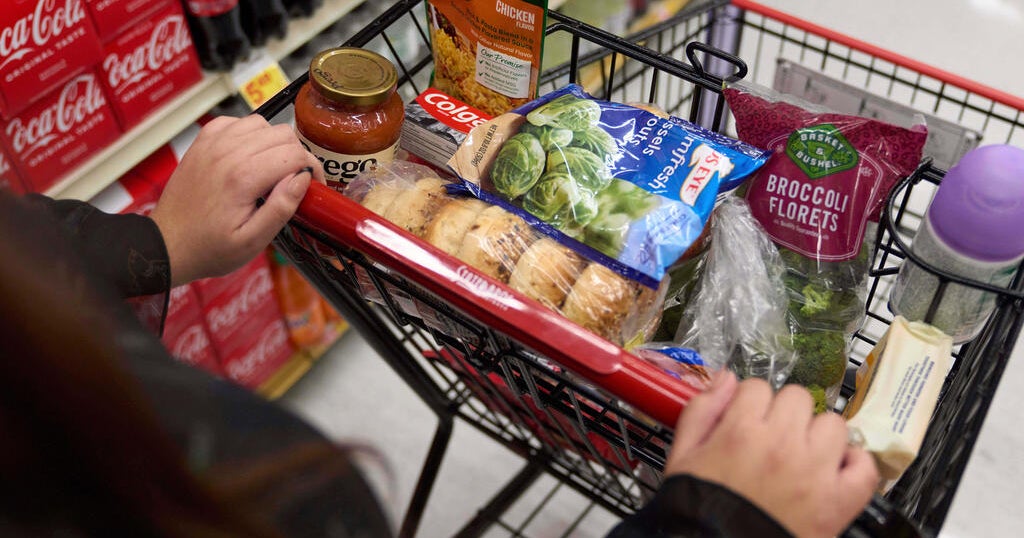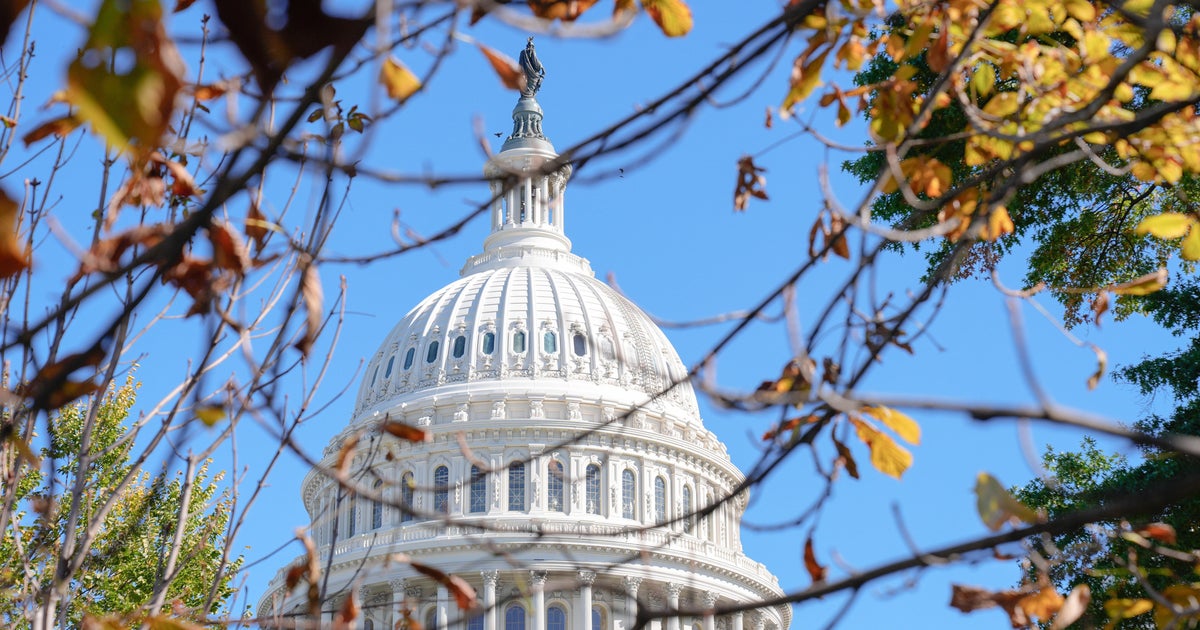USDA Halts Federal Food Aid Amid Government Shutdown and SNAP Funding Fight

Introduction
The U.S. Department of Agriculture has announced that federal food aid will not be distributed starting November 1, due to the ongoing government shutdown. This decision follows the Trump administration's refusal to utilize approximately $5 billion in contingency funds to maintain Supplemental Nutrition Assistance Program (SNAP) benefits.
Context and Decision
The administration's stance on not tapping contingency funds underscores a broader fiscal challenge. SNAP benefits are crucial for millions of Americans who rely on them for grocery purchases. The absence of these benefits in November could exacerbate food insecurity and economic hardship for affected families.
Impact
The suspension of SNAP benefits will have significant implications for food security and economic stability across the country. Affected families may need to rely on local food pantries and other community resources to meet their nutritional needs until federal funding is restored.
About the Organizations Mentioned
U.S. Department of Agriculture
The **U.S. Department of Agriculture (USDA)** is a major federal executive department established in 1862 by President Abraham Lincoln, originally to support farmers through research and seed distribution, earning the nickname "The People’s Department"[1][2][7]. Today, it functions as a comprehensive agency overseeing food, agriculture, natural resources, rural development, and nutrition across the United States and globally. The USDA’s mission is to foster innovation and promote agricultural production to nourish Americans and feed the world while conserving natural resources through science-based policies. It operates with a budget of approximately $467 billion for fiscal year 2024 and employs around 100,000 people across 4,500 locations, making it one of the largest federal departments[1][5]. Organizationally, USDA is divided into 29 agencies grouped into eight mission areas: Farm Production and Conservation, Food Safety, Nutrition and Consumer Services, Marketing and Regulatory Programs, Natural Resources and Environment, Research, Education and Economics, Rural Development, and Trade and Foreign Agricultural Affairs. Each area is led by Senate-confirmed officials responsible for policy and program implementation[1]. Key achievements include pioneering agricultural research, establishing the Cooperative Extension Service (1914) to disseminate farming knowledge, and administering the Food Stamp Program (now Supplemental Nutrition Assistance Program, SNAP) which is the largest nutrition assistance program in the U.S., forming about 71% of USDA’s budget[1][4]. The USDA also manages the United States Forest Service, overseeing roughly 25% of federal lands, highlighting its critical role in conservation[4]. The department supports farmers with financial aid and subsidies, enforces food safety regulations to protect consumers, promotes rural economic development through infrastructure and home loan programs, and pursues sustainability and environmental stewardship. Its influence extends internationally by promoting agricultural trade and addressing global hunger[2][3][5]. Currently led by Secretary Brooke Rollins since February 2025, USDA continues to adapt by integrating innovation and technolog






